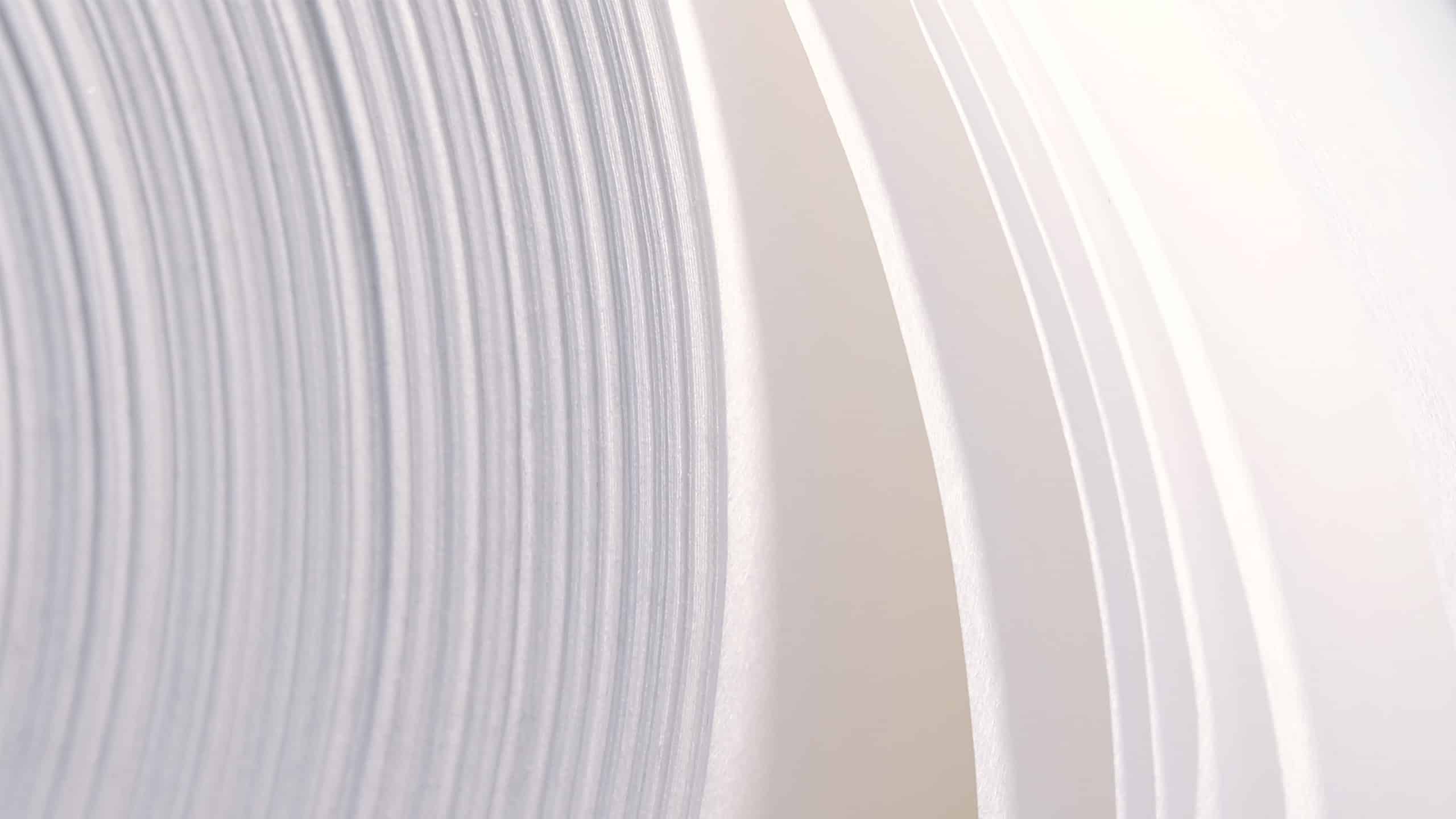How sustainable packaging is shaping the food industry

What is sustainable packaging?
Sustainable packaging is a vital concept in today’s food industry, aiming to minimize environmental impact and promote eco-friendly practices. At its core, sustainable packaging involves using materials that are responsibly sourced, renewable, and recyclable, aligning with the Confederation of European Paper Industries’ (CEPI) principles on sustainable forest management. This approach not only reduces waste but also conserves resources, echoing global efforts to mitigate the adverse effects of conventional packaging on our planet.
In the context of the food industry, sustainable packaging serves a dual purpose: it protects the product while ensuring minimal environmental footprint. This is achieved through the use of innovative materials that can replace traditional plastics, which contribute significantly to pollution and landfill waste. A report by the European Environment Agency highlights the importance of recycling efforts in reducing landfill dependency. By adopting sustainable packaging, companies can significantly contribute to environmental sustainability while meeting consumer demand for greener products.
How sustainable packaging works
The principles of sustainable packaging revolve around reducing waste and conserving resources through innovative materials and designs. This includes the development of solutions that are not only recyclable but also reusable, ensuring a longer lifecycle for packaging materials. By focusing on renewable resources, such as wood fibres, sustainable packaging reduces dependency on non-renewable sources like petroleum-based plastics, as emphasized by CEPI.
One such innovative approach is the use of fibre-based solutions, such as those developed by Paptic. Our materials combine the benefits of paper, plastic, and textiles, offering a durable yet flexible alternative to traditional packaging. These materials are created with a focus on resource efficiency, ensuring that they require less material without compromising strength or usability. This not only conserves resources but also reduces the overall environmental impact of packaging, supporting CEPI’s guidelines for sustainable practices.
The role of Paptic in sustainable packaging
Our company, Paptic, plays a pivotal role in advancing sustainable packaging through our unique fibre-based materials. Unlike conventional options, our solutions are designed to be both strong and lightweight, providing the same level of protection with less material. This is exemplified by Paptic Apus, a versatile material suitable for a range of flexible packaging needs, including dry food packaging.
What sets Paptic apart is our commitment to sustainable sourcing and innovation. Our materials are primarily made from renewable wood fibres, which can be responsibly sourced from sustainably managed forests, aligning with CEPI’s forest sustainability standards. This ensures that the environmental impact of our packaging is minimized from the very beginning of the production process. Additionally, Paptic’s materials are known for their unique haptics—offering a soft, silent, and luxurious feel that enhances the user experience and boosts brand appearance.
Practical applications in the food industry
Sustainable packaging is being increasingly adopted in the food industry, with our solutions leading the way in practical applications. For instance, Paptic Apus is ideal for dry food packaging due to its breathable substrate and safe, carefully selected raw materials. This ensures that food products remain fresh while reducing reliance on traditional plastic packaging, a critical issue highlighted by the European Parliament’s analysis of plastic waste and recycling in the EU.
Moreover, the versatility of our materials allows them to be used across various packaging needs, from product packaging to e-commerce applications. Our fibre-based solutions can be seamlessly integrated into existing production lines, making the transition to sustainable packaging a feasible option for companies looking to reduce their environmental footprint without sacrificing efficiency or quality.
Challenges and opportunities in adopting sustainable packaging
While the transition to sustainable packaging presents several challenges, it also offers numerous opportunities for growth and innovation. One common challenge is the initial investment required to shift to new materials and production processes. However, this is often offset by the long-term benefits of reduced material costs and enhanced brand reputation, as supported by data from Statista on recycling in Europe.
Opportunities abound as consumer demand for sustainable products continues to rise. Companies that embrace sustainable packaging can position themselves as leaders in environmental responsibility, attracting eco-conscious consumers and gaining a competitive edge. Furthermore, by adopting innovative materials like those developed by us at Paptic, businesses can explore new packaging designs and functionalities that were not possible with traditional materials, paving the way for future advancements in the industry.
.
